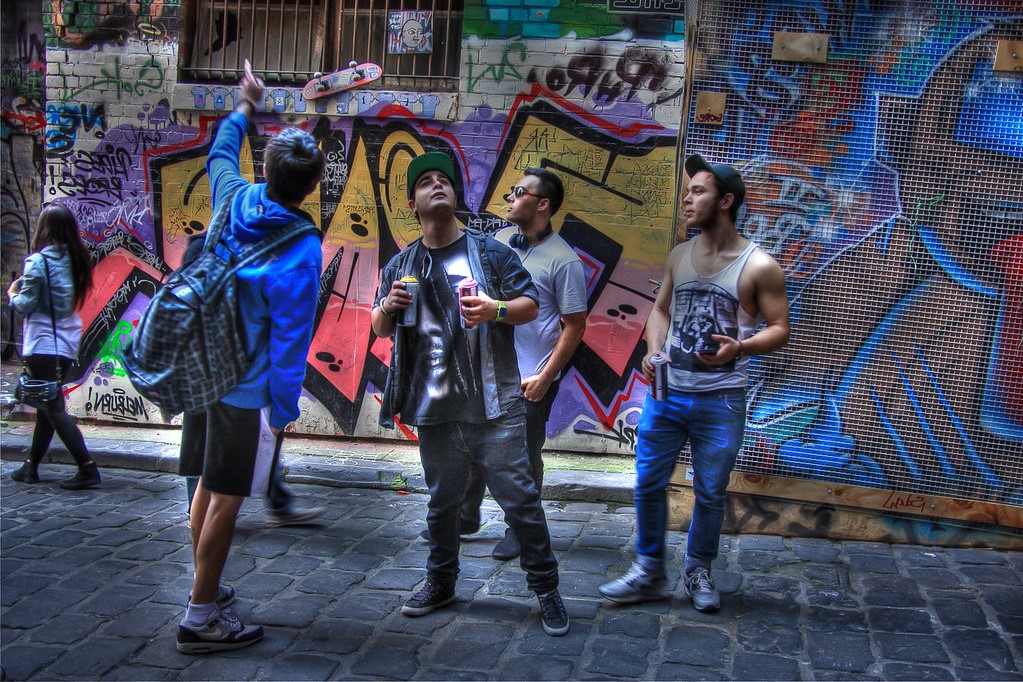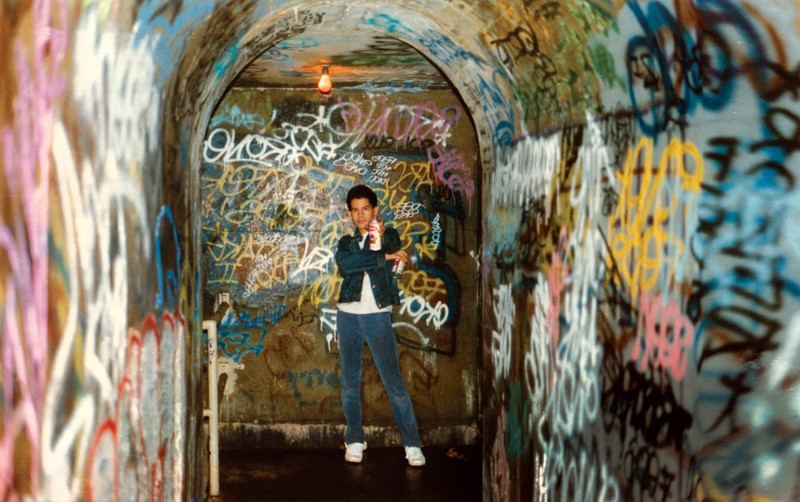The origin of graffiti is uncertain. However, it seems to have been invented in New York in the 1960s. The writer TAKI 183 is said to have left a trail of tags throughout the city. He was a messenger in the inner city and was a popular writer for the group. During this time, the gangs that created graffiti in the inner city were becoming more powerful, and he also lived on 183rd street in Washington Heights.
Although graffiti first appeared in the 1960s, it is believed to have originated thousands of years before this. In 1851, Romans wrote names and other messages on walls. In the early twentieth century, the graffiti culture spread overseas. In Philadelphia, it became widespread in the 1970s. During this period, subway cars covered the city with’masterpieces’ painted by artists. In the late sixties, the street was covered with spray-paintings by ‘gangs’ and teenagers.
Graffiti grew to popularity as a means of communication for ‘hobos’. These gangs used the graffiti to mark territory and warn each other of police presence. During the 1970s, many artists began to use their graffiti to make political statements. This trend quickly became commercially successful. And a number of famous painters and renowned musicians were inspired by it. So, where did graffiti originate? In the late 1960s, the popularity of street art graffiti grew to the point where ‘hobos’ started to write and ‘tags’ their names.
Where did graffiti begin?
Where did graffiti come from? While there is no one specific source of inspiration for modern street art, the earliest forms of street art are often based on urban communication and situationist slogans. The phrase ‘Kilroy was here’ became a popular expression of these sentiments in the late 1940s and early 1950s. Today, most people associate ‘Kilroy was here’ with the first generation of ‘Yardbird’, ‘Bird’, and ‘Yardbird’.
The original style of street art was a form of graffiti, and was a form of protest. It was the most popular way to express ideas about freedom of expression and social justice. It was not uncommon for anarchists to put their names on buildings. But when it comes to the origin of modern street art, the answer is a much different story. Unlike other forms of art, “Tagging” is a form of street-art and a political statement. In the 1970s, the first generation, a significant difference between anarchist and a tagger emerged.
The modern version of graffiti originated in Philadelphia. But, as with all forms of unruly art, graffiti does not necessarily belong to an art movement. It was originally an underground art form, and was used by tagging buildings and walls. In fact, it was not the first form of street art, but it was first used as a means of marking territory. Its origin was in the ancient world.
So, where did graffiti originate from? In the ancient times, people used the words “Kilroy was here” and adorned the walls of their homes and buildings. During the 1970s, this art form quickly gained popularity, making it a very common art form. The first examples of modern day graffiti are everywhere: on subways, in subway stations, and in cities. Its popularity has been associated with the hip-hop subcultures.

The name “graffiti” means “scratched”. In the 1960s, graffiti was used to mark territory. It was also a popular political tool. Its popularity grew in other places, including the United States. The modern form of graffiti, however, originated in New York in the late 1960s. The art of street graffiti has been widely embraced by many people. This kind of art is known to be the most popular type of urban street art.
There is no single city in which the practice of graffiti has been practiced for centuries. Among these cities, the Mayan city of Tikal is the first known place where it was used as an advertisement. In the United States, the earliest graffiti was associated with gangs. Its popularity has also spread to the Middle East and South America. Nowadays, it is used in modern street cultures.




